The Moving Tumor — Intuitive Guide to ECM, Adhesion, and White-Matter Tract Invasion
Why does GBM come back even after “maximal” surgery? This beginner-first chapter explains the mobility of GBM via ECM, adhesion signaling, and the highways of white-matter tracts.
Today’s Goals (3-Minute Preview)
- Build intuition for how ECM, adhesion, and cytoskeleton drive invasion.
- Understand why GBM tracks along white-matter tracts.
- See how DTI relates to likely directions of spread.
- Map a two-front strategy: anti-invasion × anti-proliferation.
ECM & Adhesion: The Floor That Sets “Ease of Movement”
The ECM—collagens, laminins, tenascins, proteoglycans—forms the scaffold. Cells grip via integrins, build focal adhesions, and advance by remodeling the actin cytoskeleton. GBM excels at ECM remodeling and can squeeze through narrow spaces with shape-shifting.
Key Terms
- Integrins (adhesion receptors)
- FAK / Src (adhesion signaling)
- MMP / ADAM (ECM proteases)
Shape-Shifting
- Amoeboid-like migration
- Mesenchymal-like transitions
- Nuclear deformation through constrictions
What Sets Mobility
- ECM stiffness, density, and alignment
- Cell tension (Rho/ROCK)
- Fast make-and-break of adhesions
Invasion Along White-Matter Tracts: Choosing the Path of Least Resistance
GBM often spreads along white-matter tracts, which act like expressways—contributing to distant and multifocal recurrence.
What DTI (Diffusion Tensor Imaging) Shows
- Infers fiber pathways from directional water diffusion.
- Guides preoperative planning relative to critical tracts.
- Sometimes hints at directions of likely spread.
DTI is not all-seeing; edema and tumor distort signals. Integrate with other modalities.
How GBM Moves: Checkpoints and Levers
1) Adhesion Dynamics
- Make new adhesions up front; release at the rear.
- FAK/Src → Rho/ROCK/MLC generate traction.
2) ECM Remodeling
- MMP/ADAM cleave ECM to open routes.
- Stiffness/alignments create low-resistance corridors.
3) Morphologic Adaptation
- Nuclear constriction tolerance (lamins, envelope mechanics).
- Actin/myosin re-wiring to squeeze through bottlenecks.
Therapeutic Framing: Anti-Invasion × Anti-Proliferation
- Alter the scaffold: modulate adhesion/ECM signaling (integrins, FAK, Rho/ROCK) and ECM proteolysis (MMP/ADAM) to narrow the routes.
- Win time: slowed invasion gives radiation & drugs more leverage.
- Design for combinations: anticipate plasticity—layer with microenvironment (Part 3), pre-CC (Part 2), and cell-cycle strategies (later parts).
Specific agents and trial status will be mapped in Part 7; biomarkers and stratification in Part 6.
Text Map (swap for SVG later)
Invasion Route
- Peri-tumoral ECM remodeled
- Hitchhike on white-matter tracts
- Distant / multifocal recurrence
Counter-Moves
- Block adhesion/ECM signaling
- Reduce ECM degradation / re-shape scaffold
- Optimize anti-proliferative therapy + supportive care
Quick Summary
- GBM moves by exploiting ECM, adhesion, and white-matter tracts.
- DTI offers cues about tract orientation and possible spread.
- A two-front strategy—anti-invasion × anti-proliferation—sets the base for combination designs.
My View
Resection fails to end the story because GBM chooses the venue, changes its shape, and rides the routes. My bias is to blunt mobility while suppressing growth, then add layers targeting the microenvironment and pre-CC. That’s how fewer moves can reach deeper. Next, we’ll unpack plasticity (OPC/AC/MES) in a beginner-first tone.
Edited by the Morningglorysciences team.
Related Article
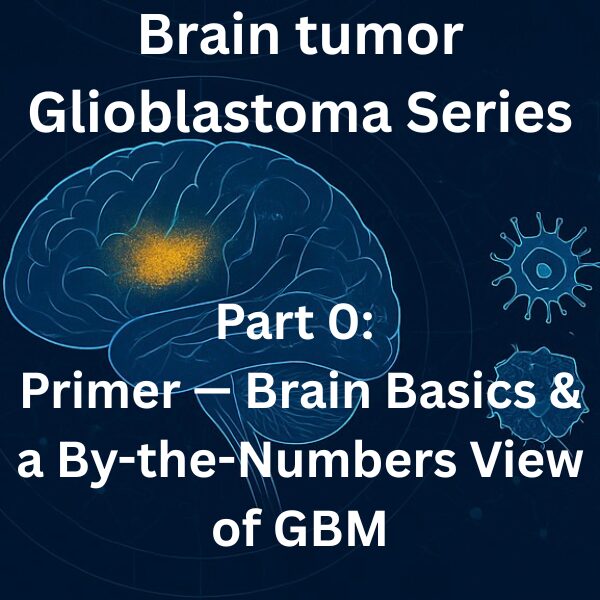
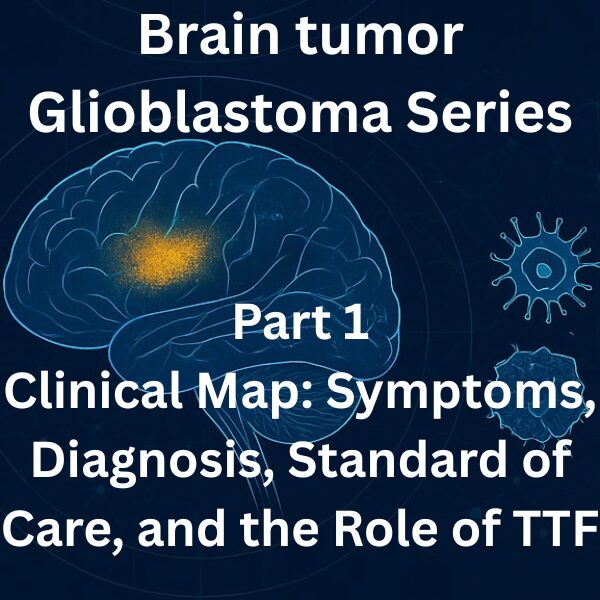
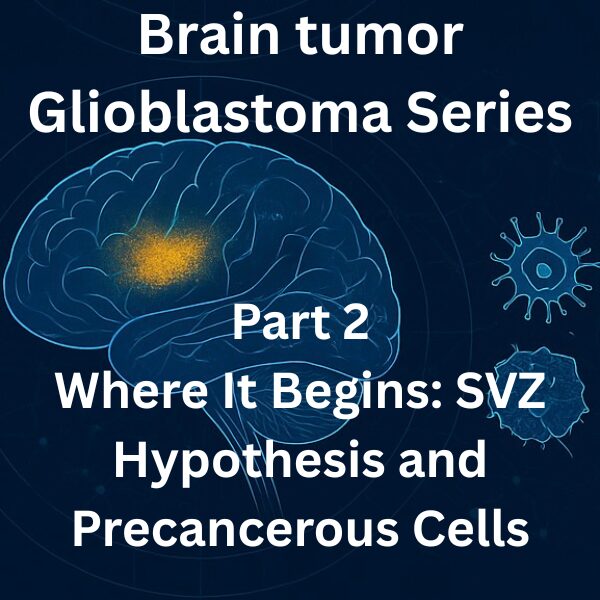
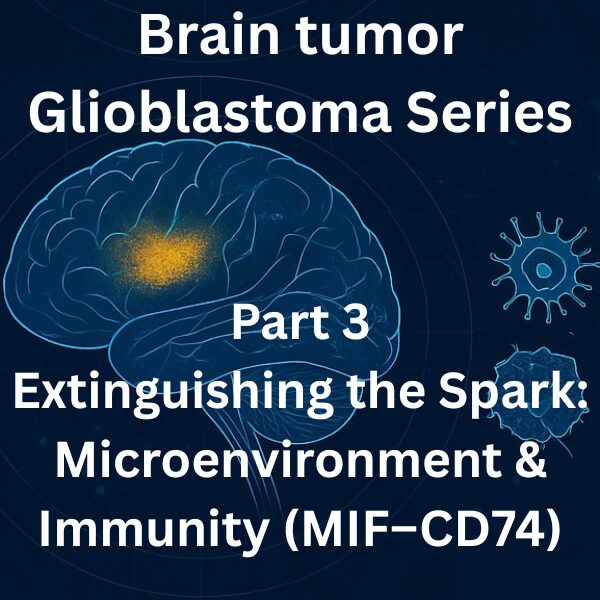
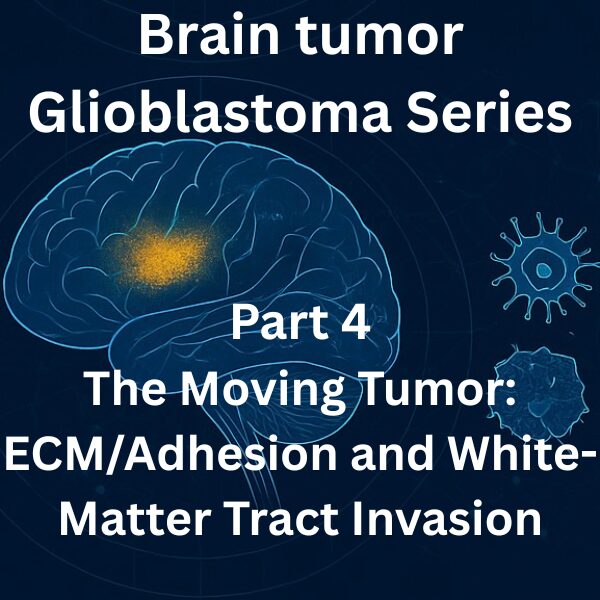
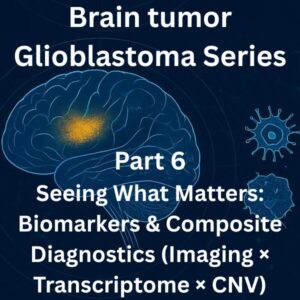
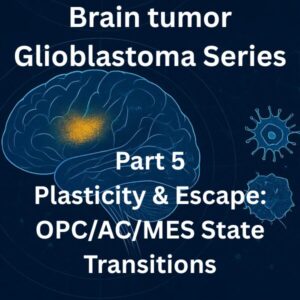
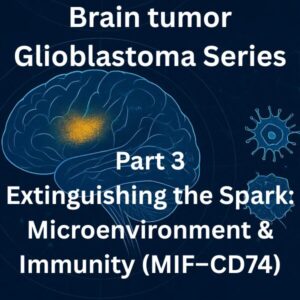
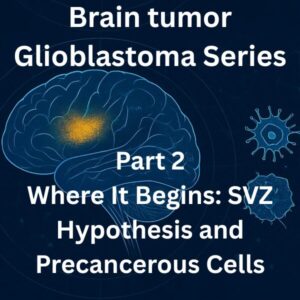
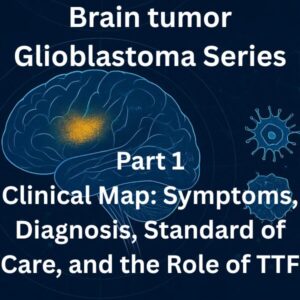
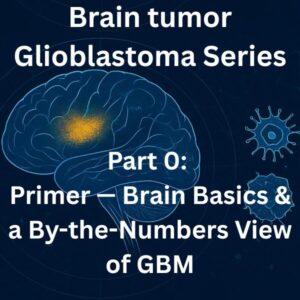
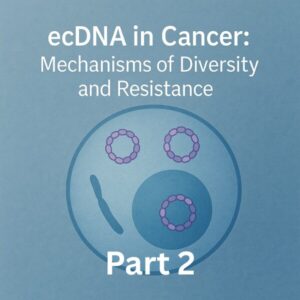
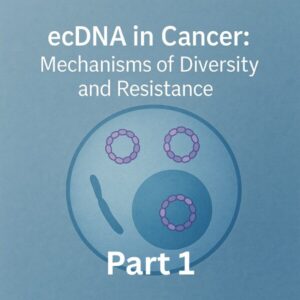
Comments